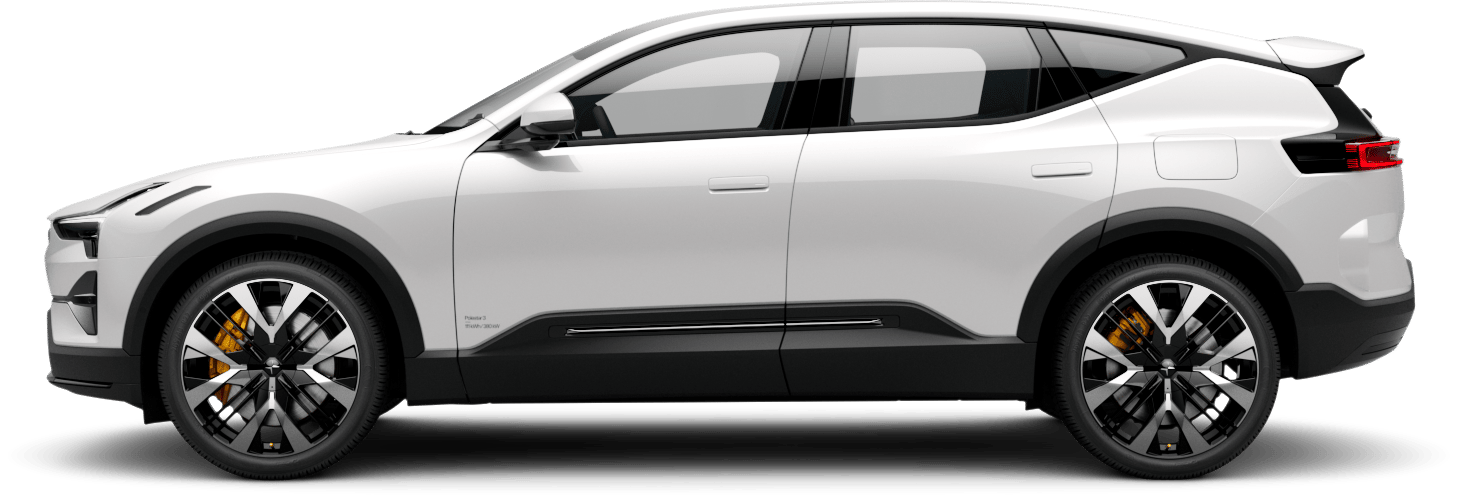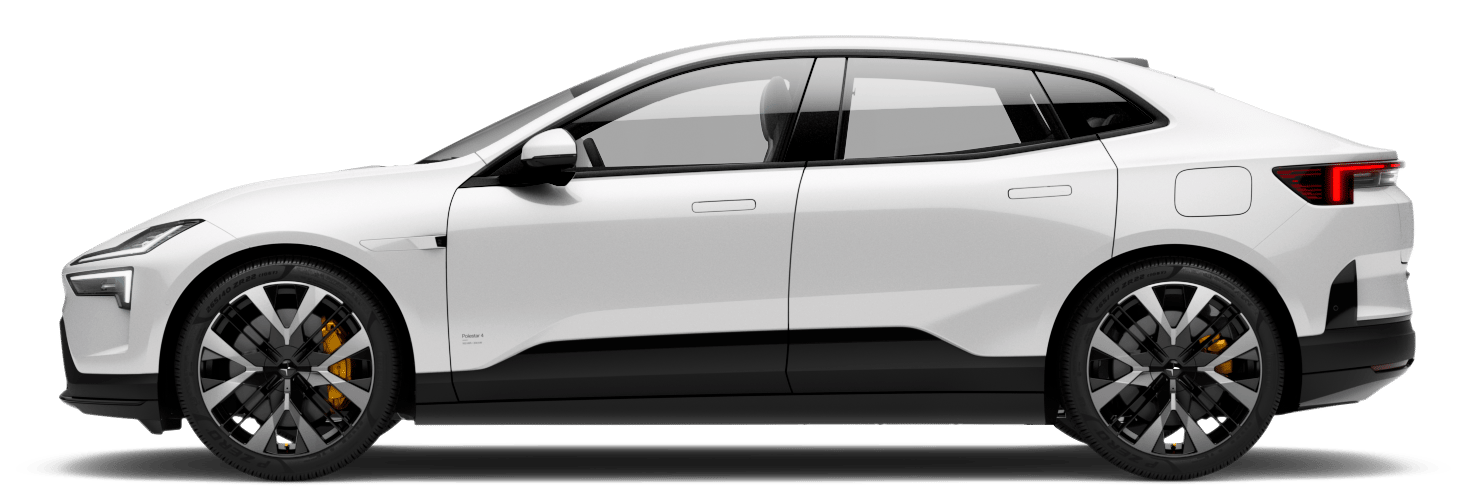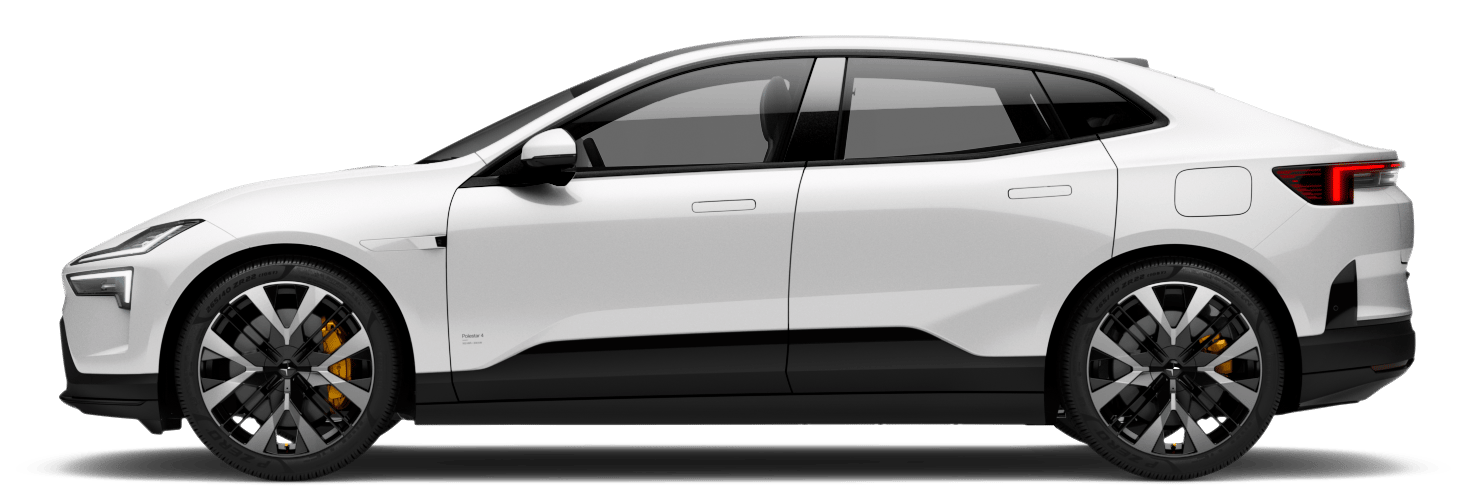We Harvest Wind: Thijs Biersteker drives change through art
Art communicates. It resonates with us all in a way that few of us can fully articulate. The medium doesn’t matter either. Whether sculpture or song, acrylics or alabaster, art provokes a reaction. As such, it’s an incredibly powerful way to deliver a message, directly accessing the audience’s emotions and creating a connection. Which is exactly why Thijs Biersteker does what he does.
It’s my job to take those numbers, those facts, and turn them into feelings.
An awareness artist, Biersteker makes interactive installations that bring current issues to the forefront. Through tight collaborations with scientists from both ESA and UNESCO, Biersteker creates pieces which invite audience participation, creating a visceral connection to current environmental and societal challenges.
“The current numbers regarding the climate crisis can be overwhelming,” he states. “It’s my job to take those numbers, those facts, and turn them into feelings. This is how we can create action and bring about true change.”
Situated in a former-industrial-complex-turned-artists-collective in Zaandam known as De Hoop (“faith” in Dutch), Woven Studio is Biersteker’s sustainable production studio. Founded by Biersteker and Studio Director Sophie de Krom, Woven Studio chose De Hoop as a location due to the proximity of over 150 fellow artists. “If we need help with metalworking, laser etching, or anything else, it’s a two-minute walk away,” enthuses de Krom. “Our supply chain is incredibly local.”
Biersteker’s process is not a one-man operation. Each project has a team of between 12 and 20 people behind it, not including the aforementioned scientists who lend their expertise in order to ensure the accuracy of what each art piece represents.
There are also technical considerations. We Harvest Wind, Biersteker’s latest art piece, is a series of blades, 3 metres in diameter, which spin around a 6-metre central spire. Visitors to the exhibit point fans towards the piece from multiple angles to turn the blades and set the entire construction in motion. The blades themselves are either 3d printed from recycled plastic at Rotterdam studio The New Raw, or constructed from an even more bio-friendly version of the flax composites made by Swiss material innovators Bcomp.
The art installation literally puts the power of wind into people’s hands. By doing so, it both symbolises and stresses the need for an immediate transition into renewable energy. EVs have more sustainability potential to unlock. Green energy is the key.

01/08
Beyond symbolising human innovation and the use of technology to preserve our one and only home, it’s also an artistic interpretation of our own Polestar 2 LCA report. Woven Studio collaborated closely with Ross Kelk of Polestar R&D UK, as well as Fredrika Klarén and Lisa Bolin from Polestar HQ, throughout the entirety of the project, both in online meetings and in the mailing of material samples. The piece had to be accurate. It had to be compelling. And while it didn’t necessarily have to improve upon what had already been done, it did that too.
It’s not enough to create art that brings current environmental issues to the fore. The art itself, and the way it’s created, also needs to be as sustainable as possible. Causing environmental harm to create art that brings awareness of environmental harm is truly hypocritical.
The flax composites of Bcomp, first showcased in Polestar Precept, contain an adhesive made partially from petroleum by-products. We Harvest Wind made use of a new, fully biodegradable, corn-based adhesive instead, developed by Woven and Polestar, which could even see implementation in future Polestar cars. “I thought the box was empty when it arrived, the flax pieces were so light,” remembers Biersteker.
Spinning blades, no matter how light, can be a hazard. And given that they spin with greater speed when the fans are focused directly on them, safeguards had to be put in place. Which is where Ian Considine comes in.
The technical manager for Woven Studio, Considine oversees the practicalities of every piece, realising the visions that Biersteker and his collaborators create. “We had a five-month deadline for this, from initial concept to finished work,” he explains. “Which is not very long.” The first iteration incorporated turbines, the prototypes of which stand between Woven Studio’s main entrance and the Zijkanaal H canal opposite. However, the turbines caused the piece to rotate at dangerous speeds. A new approach was needed.
The solution? A series of internal engines along the central spire, the hubs of which were surrounded by magnetic couplings that transmitted the force. Moreover, these engines allowed the rotation of the art piece to stay at a meditative speed, drawing in the viewer and hinting at new ways to generate energy beyond the four walls that surround the art installation.
Art draws something out of the viewer. An appreciation for the aesthetics of the piece, an admiration for the originality on display, even an emotional reaction that can’t be explained. In Biersteker’s hands, it also sends a powerful two-fold message.
Yes, there is a climate crisis.
No, it’s not too late to do something about it.















